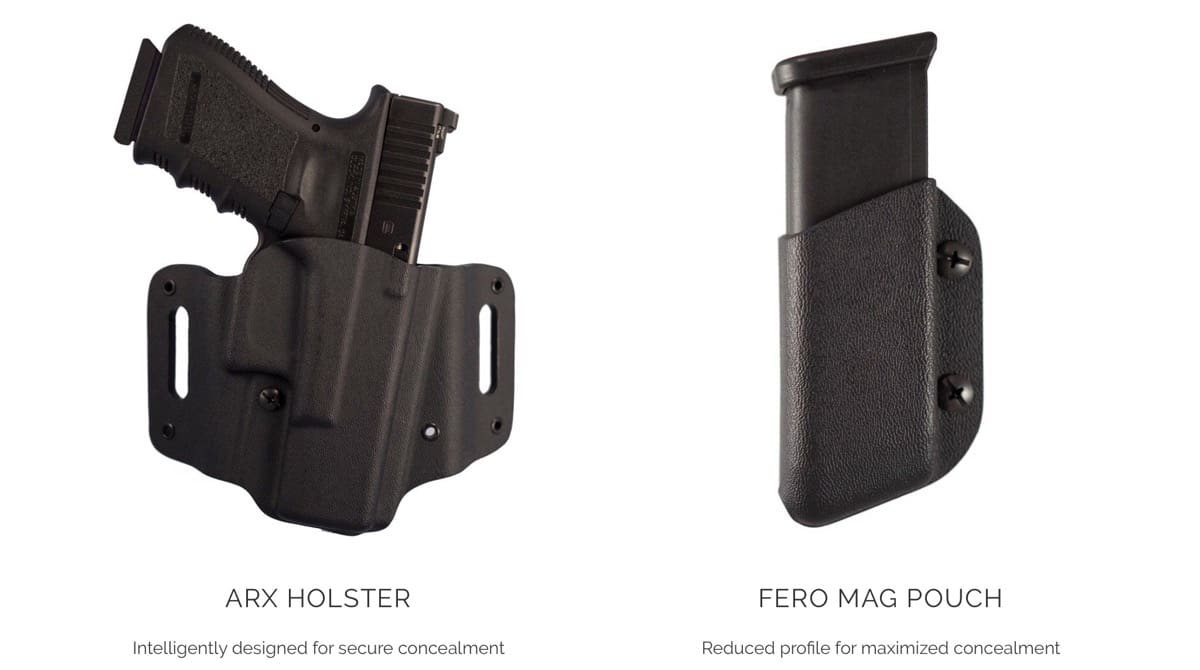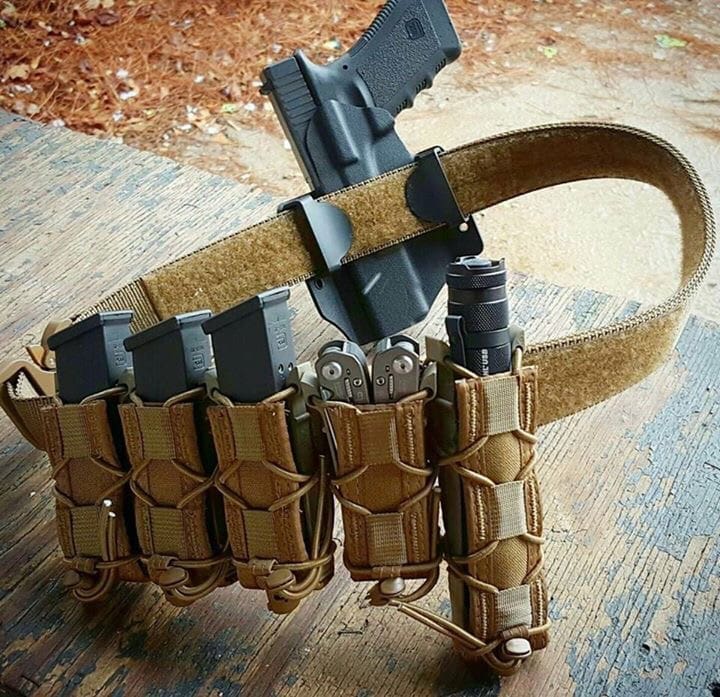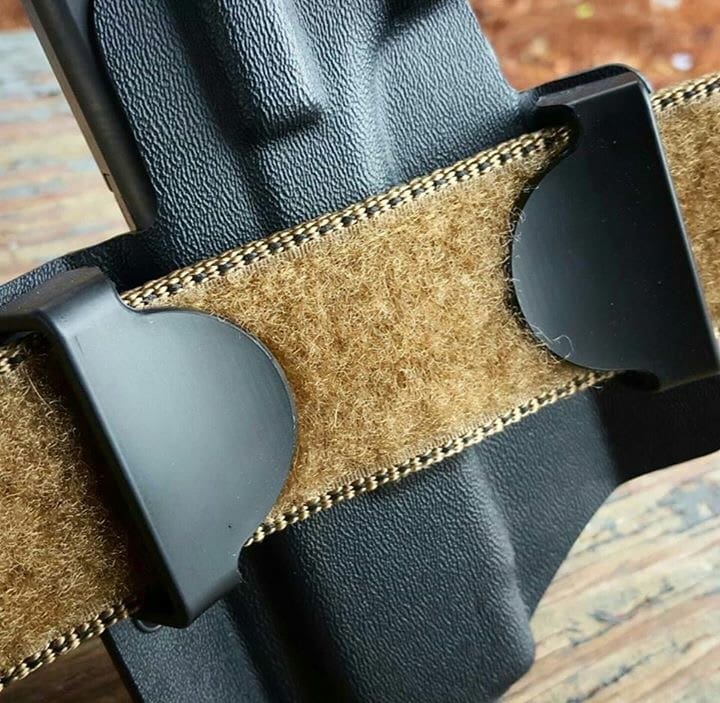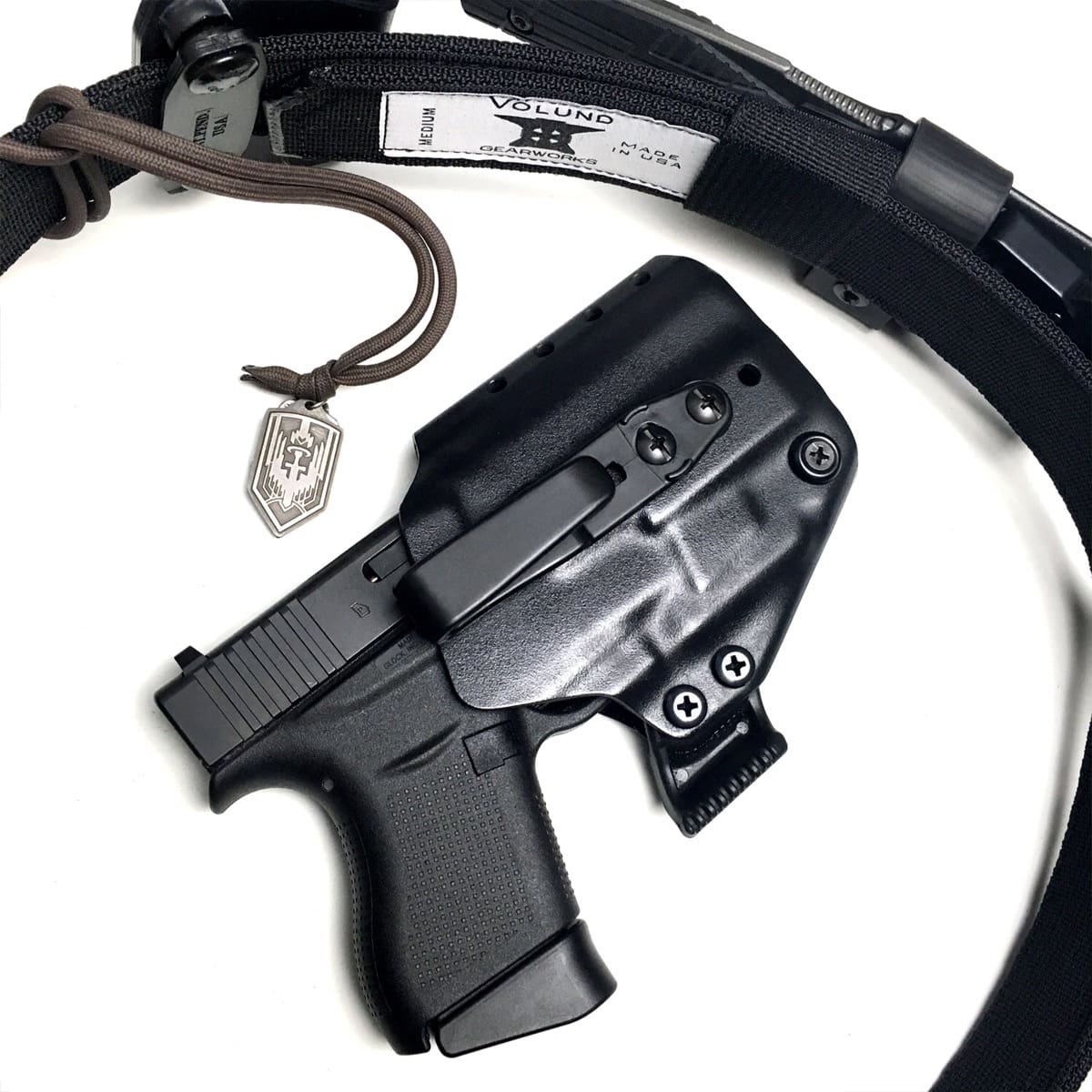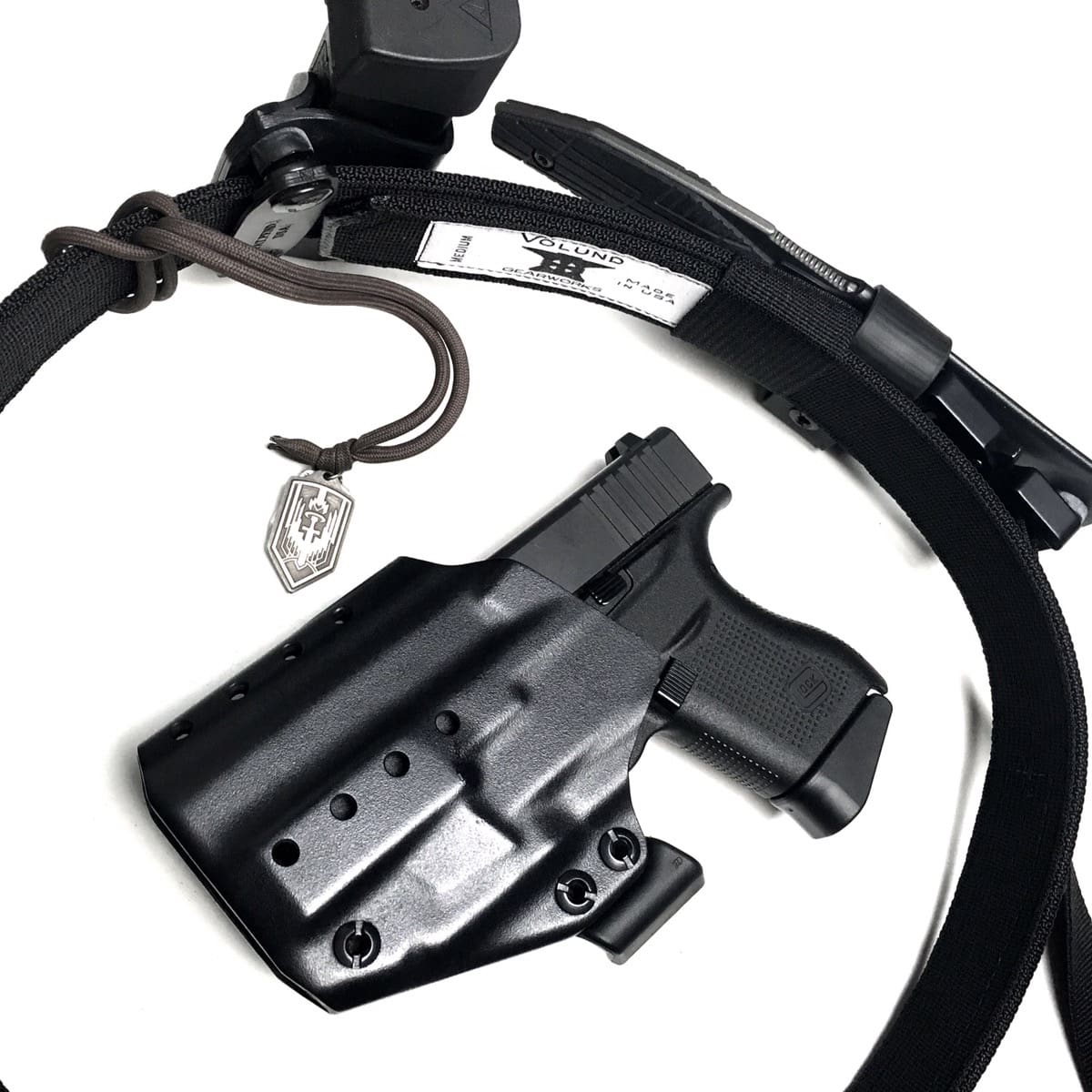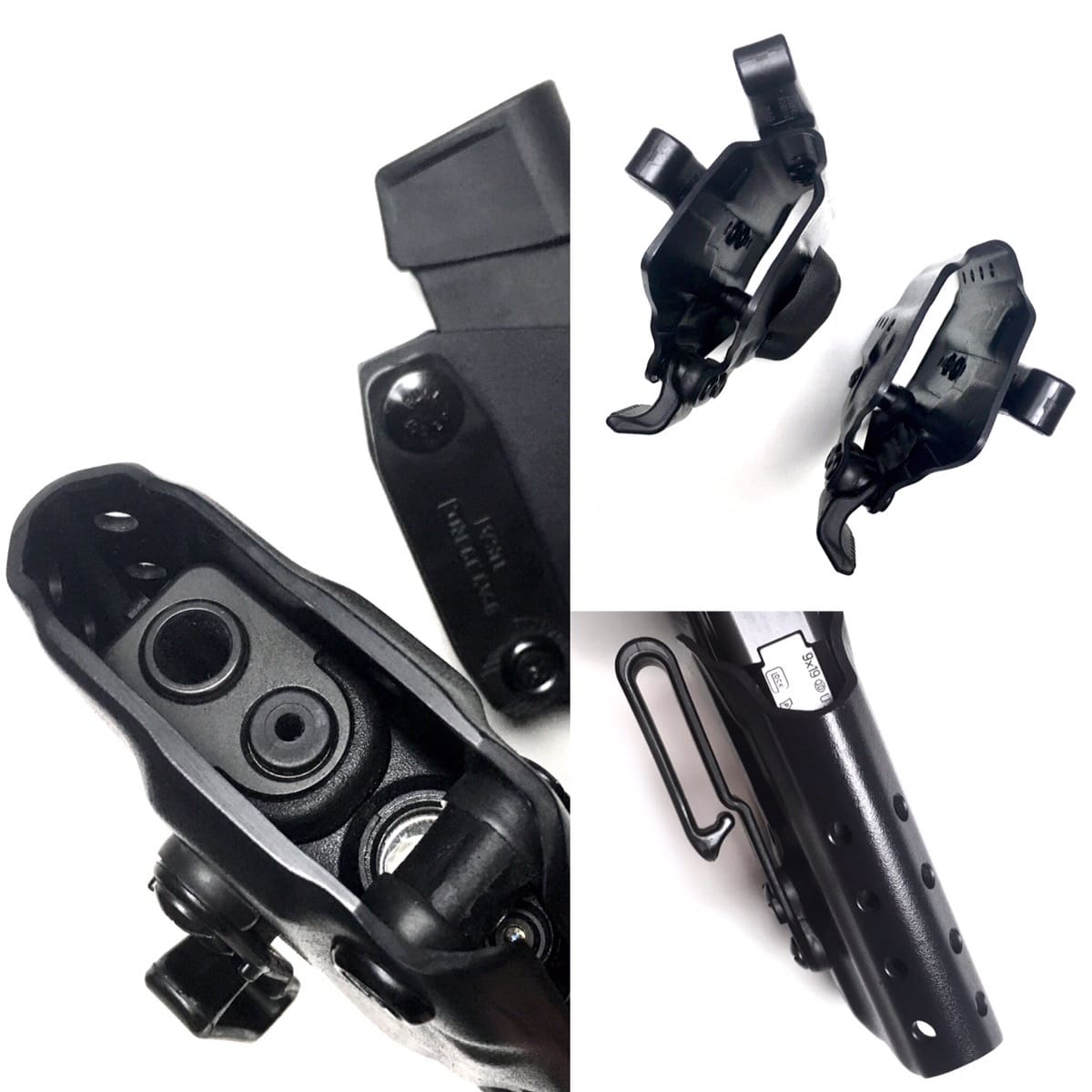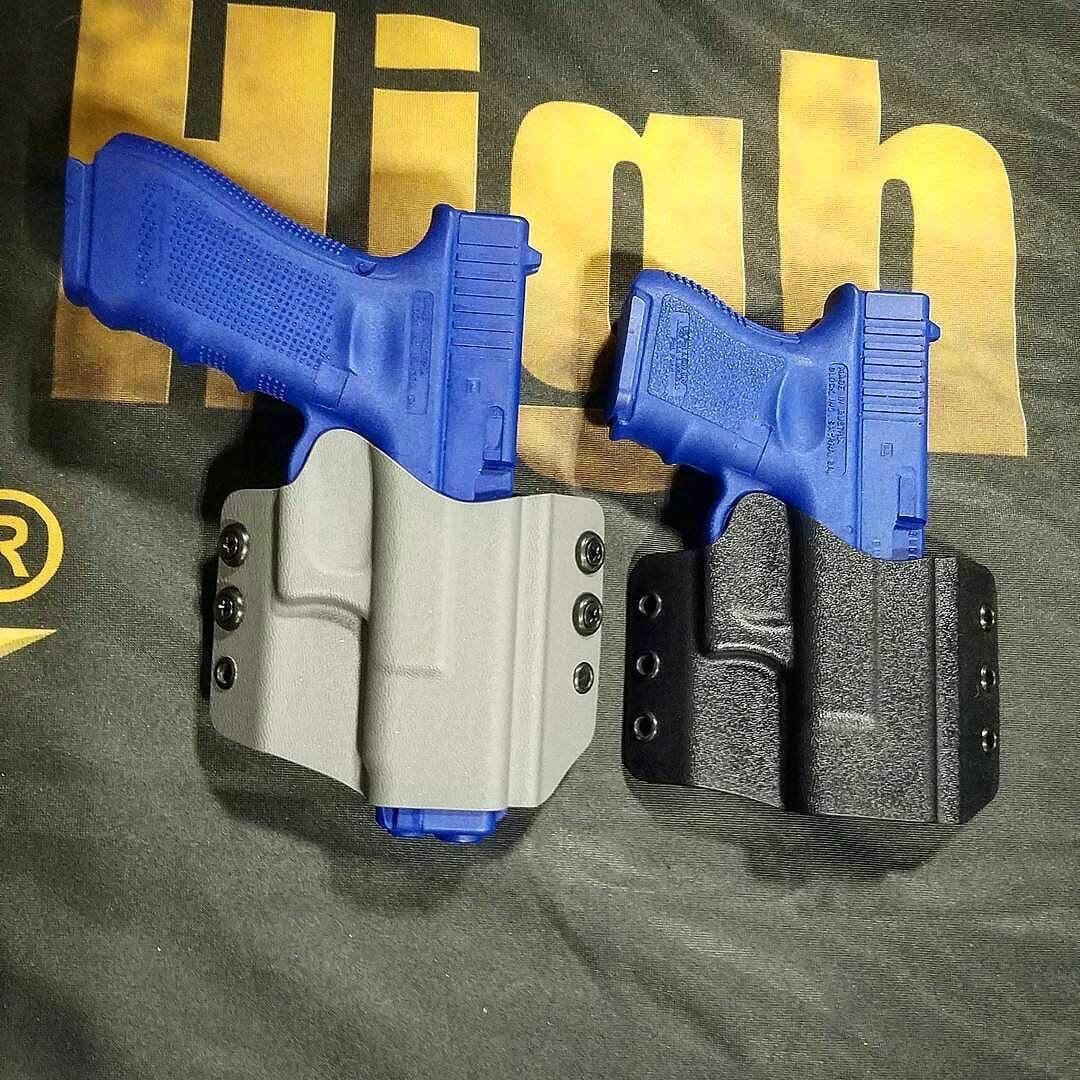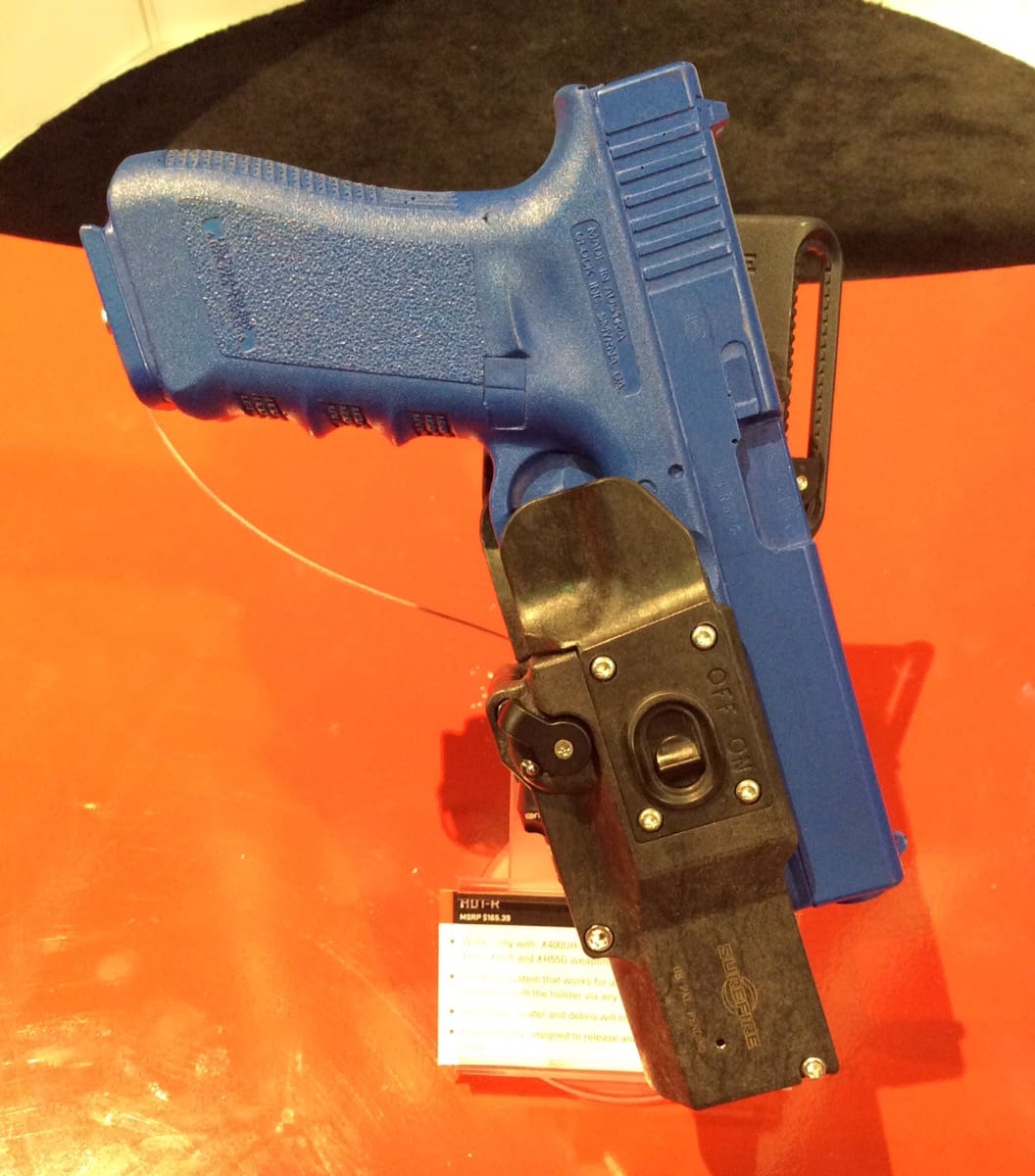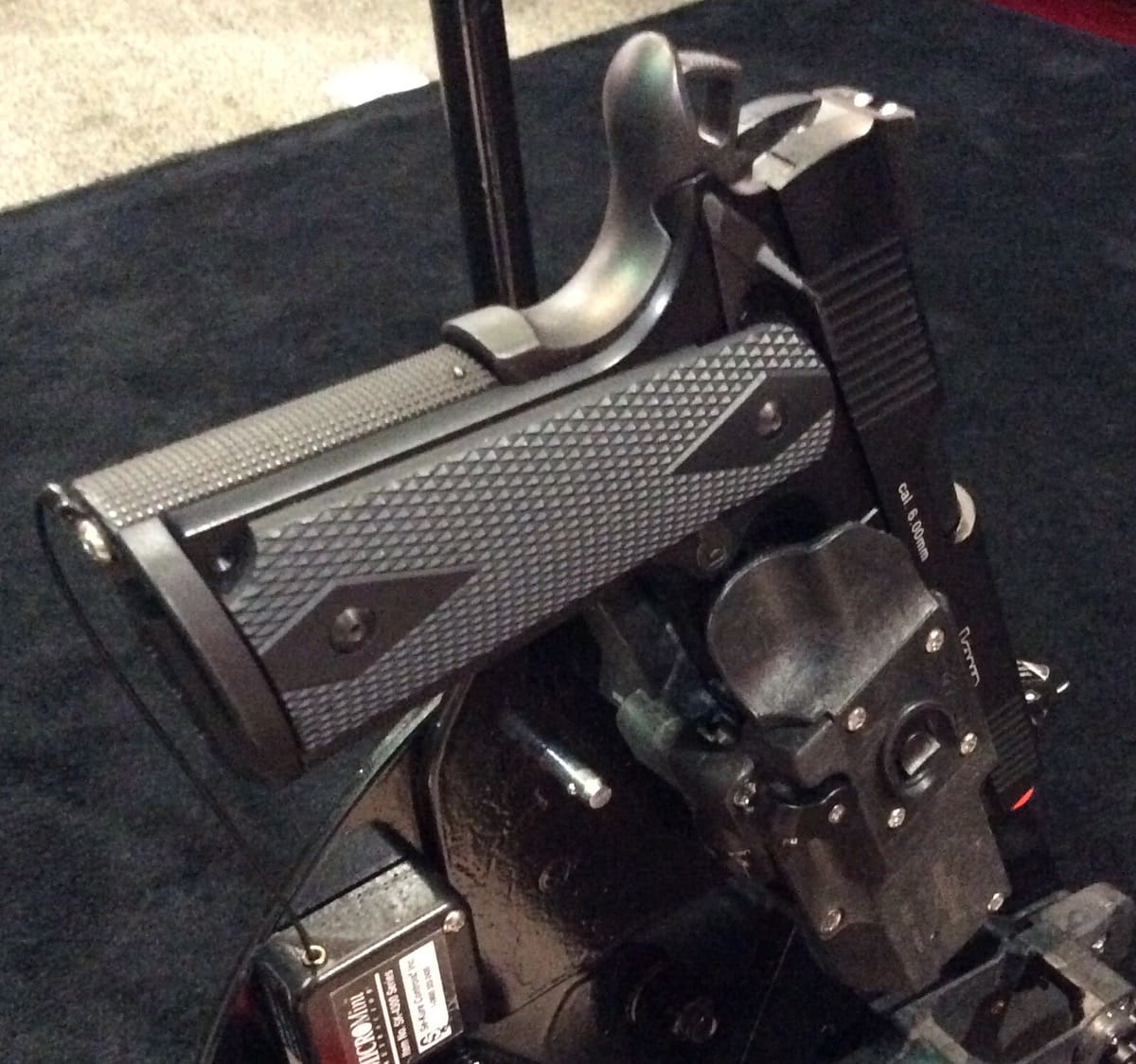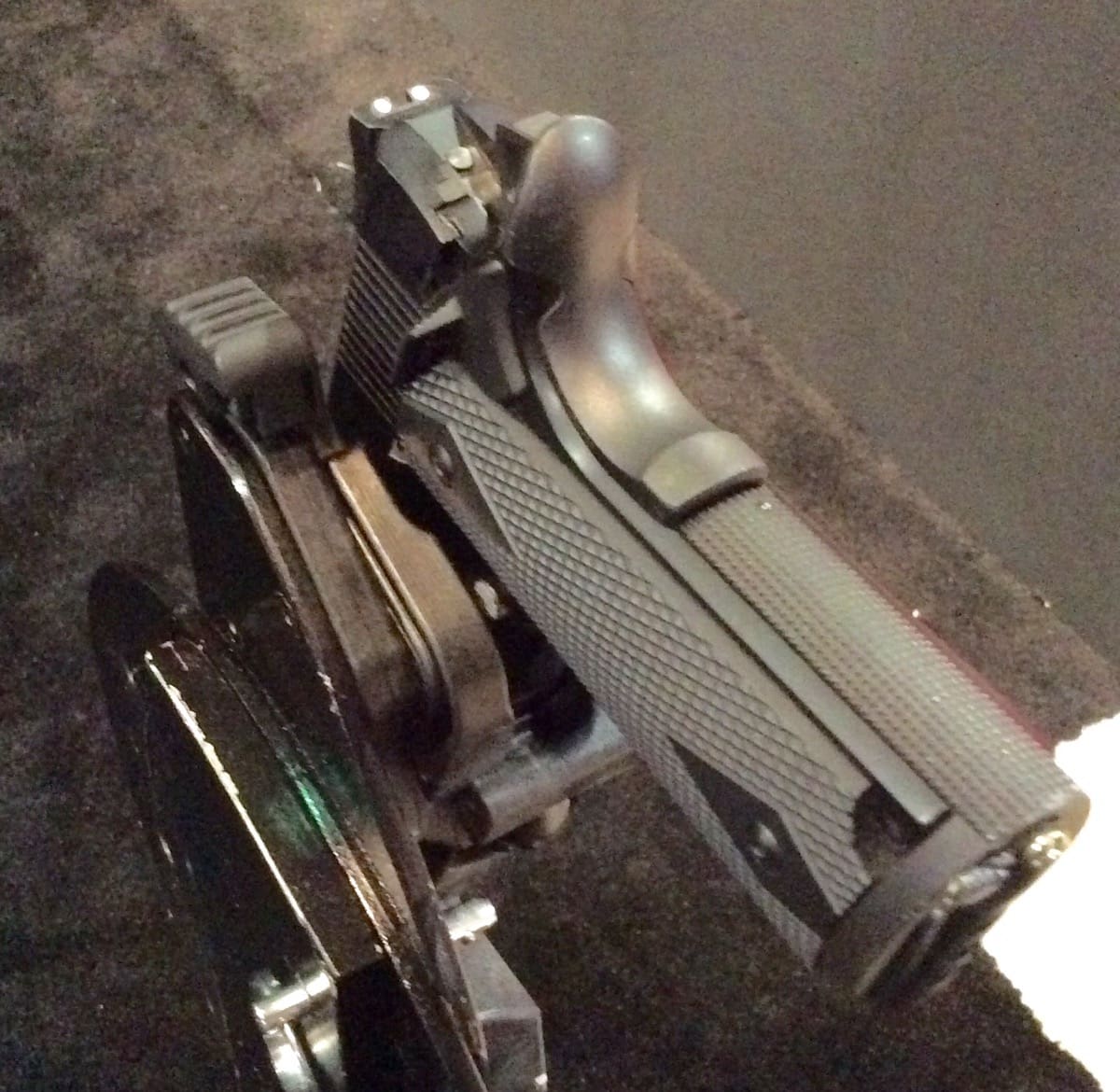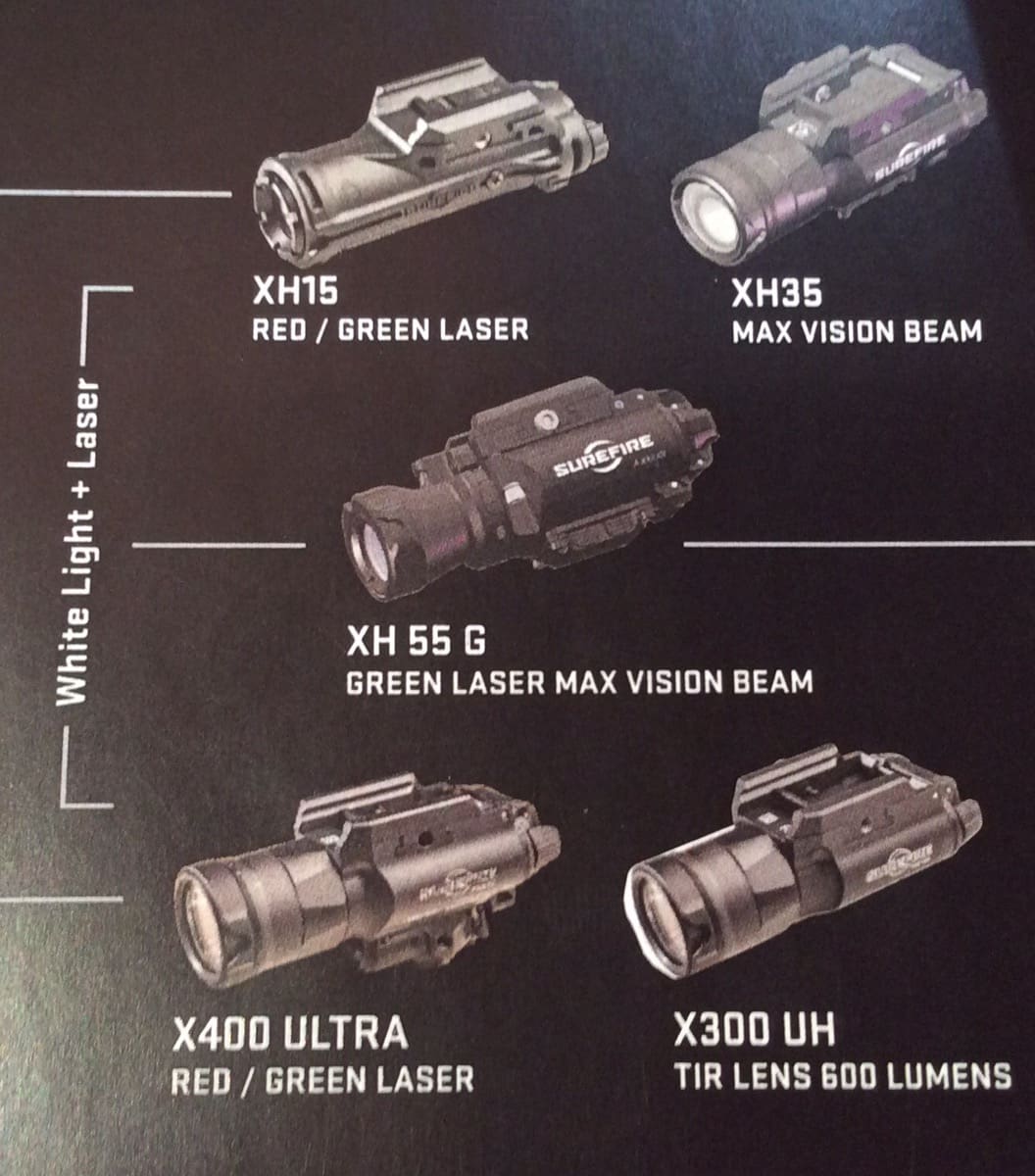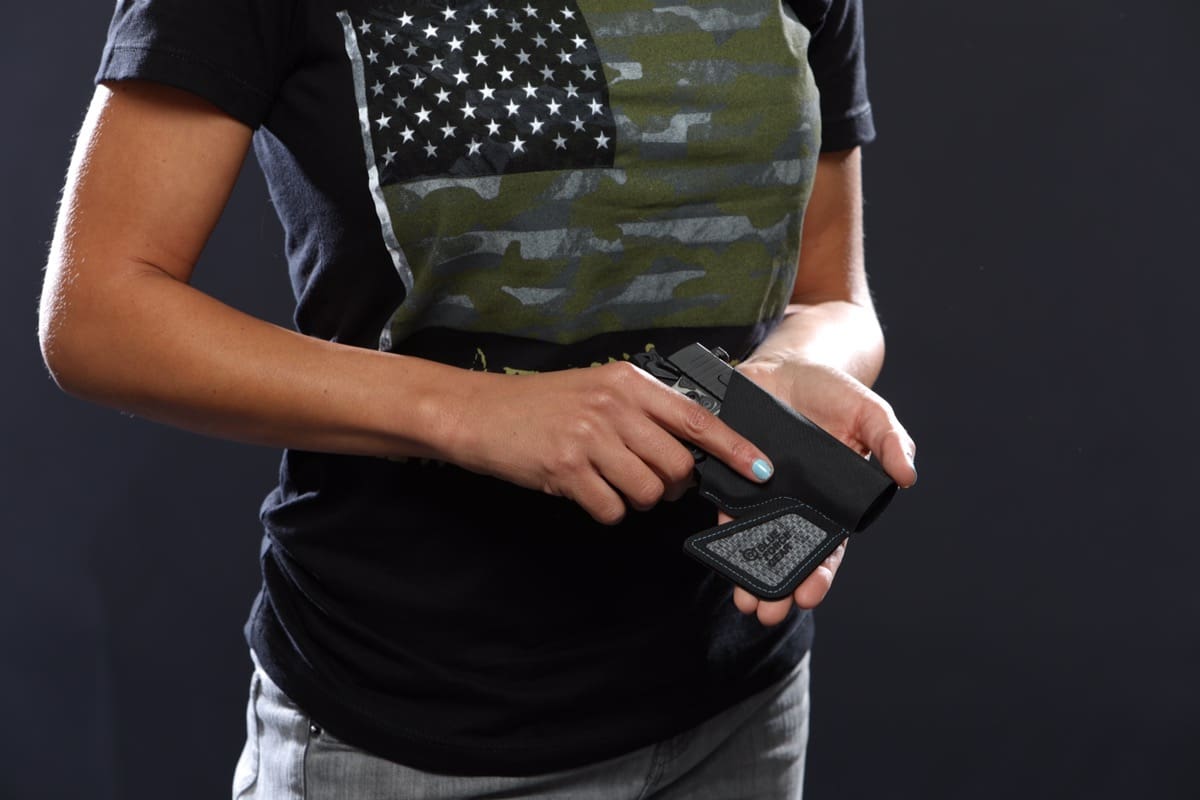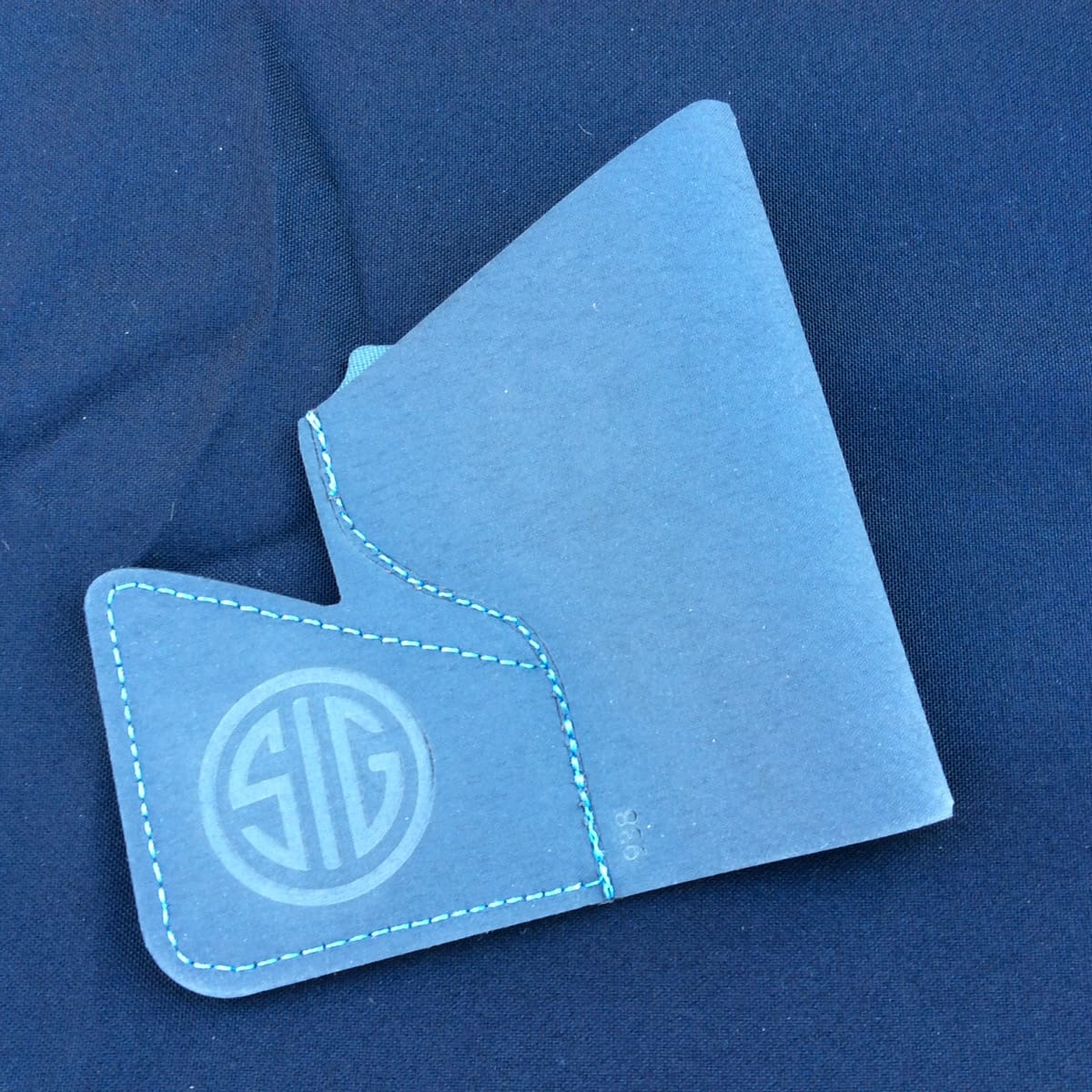Fort Worth, TX, April 17, 2017 – Kydex holster manufacturer DSG HOLSTERS, a subsidiary of DSG ARMS, will return to the NRA Annual Meeting in Atlanta, Georgia April 28 – 30, 2017, with a greatly expanded range of gun models in our top-selling holster styles, including the recently-announced FN 509™ – an all-new 9MM striker-fired pistol from FN America, LLC.
“As an official LE/MIL Distributor for FN firearms, we’re especially pleased to be able to provide aftermarket support for the new striker-fired FN 509™ through our subsidiary company DSG Holsters” stated Zack Jones, Vice President of Operations for DSG Arms. “We will have both inside and outside waistband holster styles available for the FN 509™ in stock and ready to sell at the NRA Annual Meeting next week.”
NRAAM visitors will find the full array of DSG brand holsters (both inside-waistband/outside-waistband), magazine carriers, and belts in two locations: DSG Holsters Booth #5059 and the DSG Arms show trailer located at the entrance of the Georgia World Congress Center.
2017 NRAAM Show Specials:
· DSG Alpha Outside-Waistband Holsters – NRA SPECIAL $45
· DSG CDC Inside-Waistband Holsters – NRA SPECIAL $39
· DSG HR & HR Vertical Outside-Waistband Holsters – NRA SPECIAL $40
· DSG Single Pistol/Rifle Magazine Carriers – NRA SPECIAL $25
· DSG Double Magazine Carriers – NRA SPECIAL $30
· DSG Alpha Belts – NRA SPECIAL $49
Additional Information:
The FN 509™, an all-new 9mm striker-fired pistol from FN America, LLC., was born out of the company’s effort to produce a contender for the U.S. Army’s Modular Handgun System (MHS) competition and has been further enhanced to meet the needs of U.S. law enforcement and commercial customers. Built on the proven architecture of the FNS™ Compact, FN made changes internally and externally to meet the rigorous performance standards of the MHS requirements and further developed the platform into the FN 509™ with help from industry experts.
To see the new FN 509™ in person, visit the FN Booth (#2429) at the 2017 NRA Annual Meetings, held April 28 – 30, 2017, in Atlanta, Georgia. To read more on the design and development of the FN 509™ or to find a dealer near you, please visit www.fnamerica.com.
DSG Holsters, a division of Defense Solutions Group, Inc. and distributed by DSG Arms, is a Texas-based kydex holster manufacturing company. Crafted and assembled in Fort Worth, the DSG series of Alpha, CDC, HR & HR Vertical Holsters and Magazine Carriers have been adopted by civilians, law enforcement, military and government agencies throughout Texas and North America. DSG Holsters combine innovative and efficient technology with old school craftsmanship back by our Satisfaction Guaranteed – Limited Lifetime Warranty. Visit our site for a complete listing of available DSG Holster styles and gun models: https://dsgarms.com/holsters.


